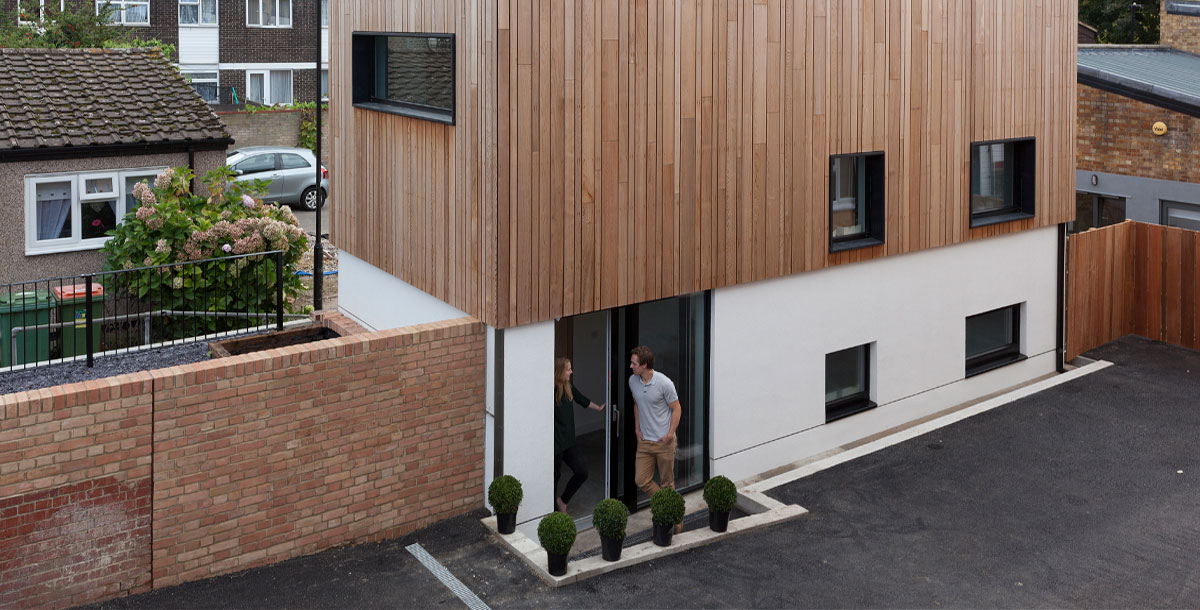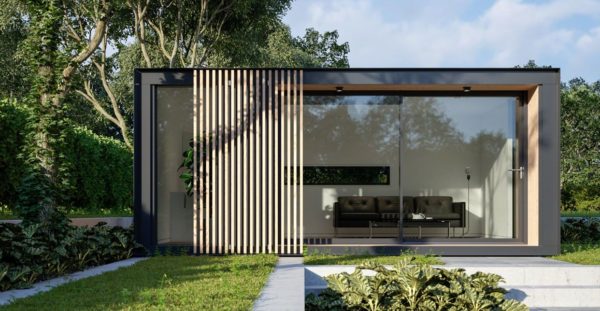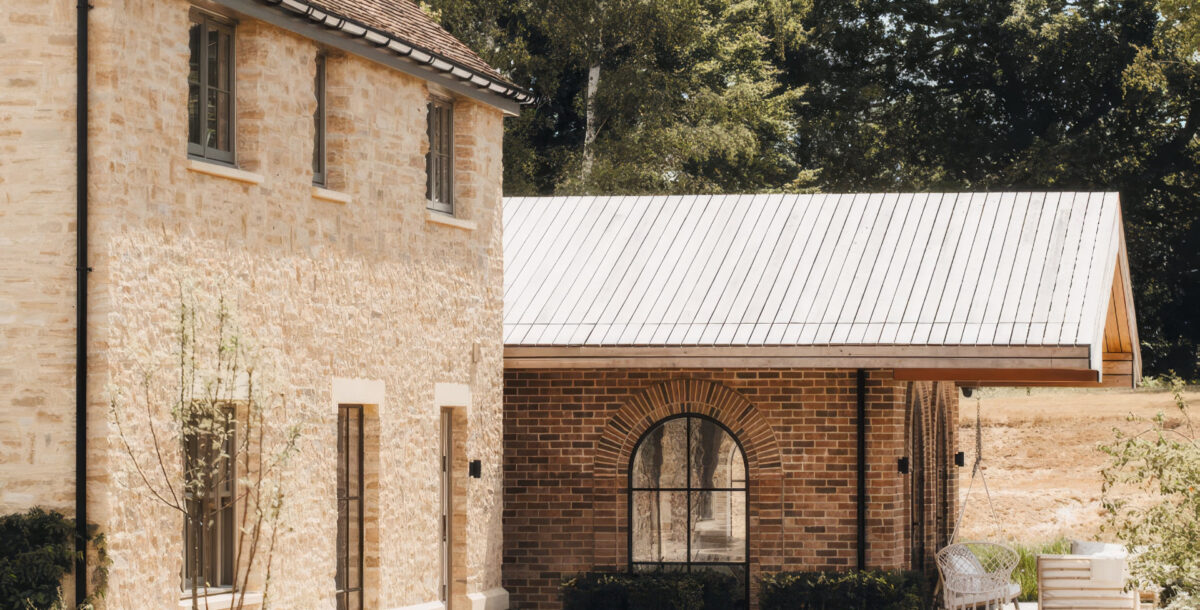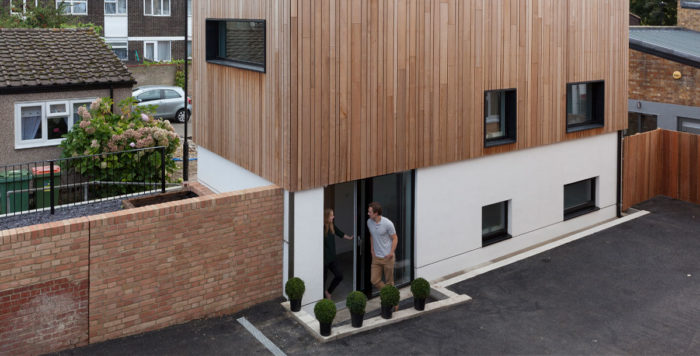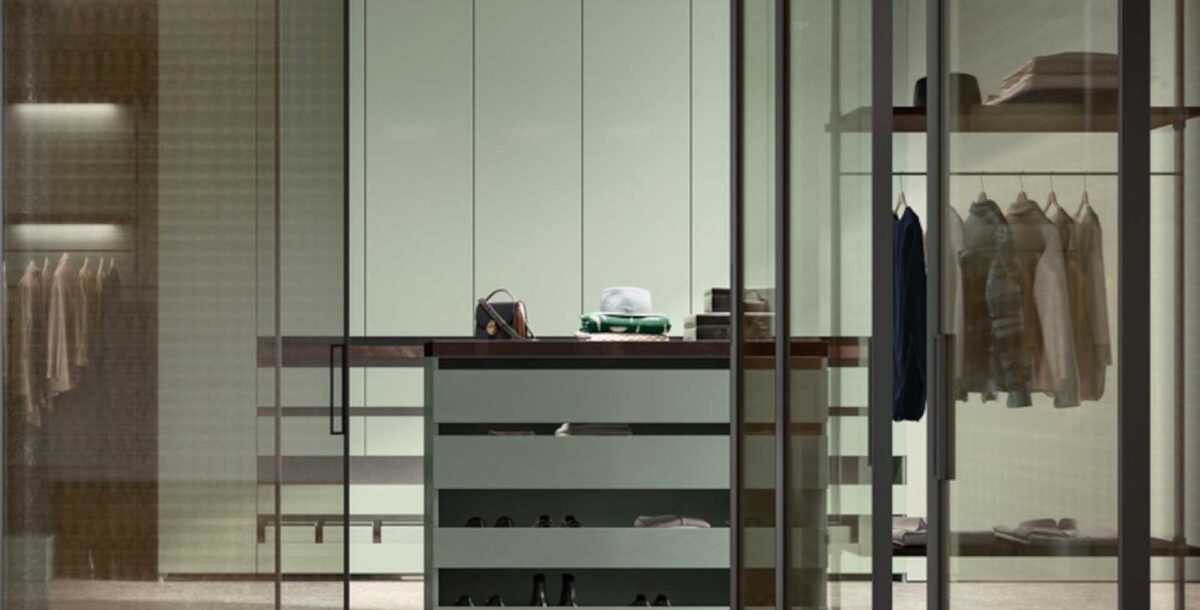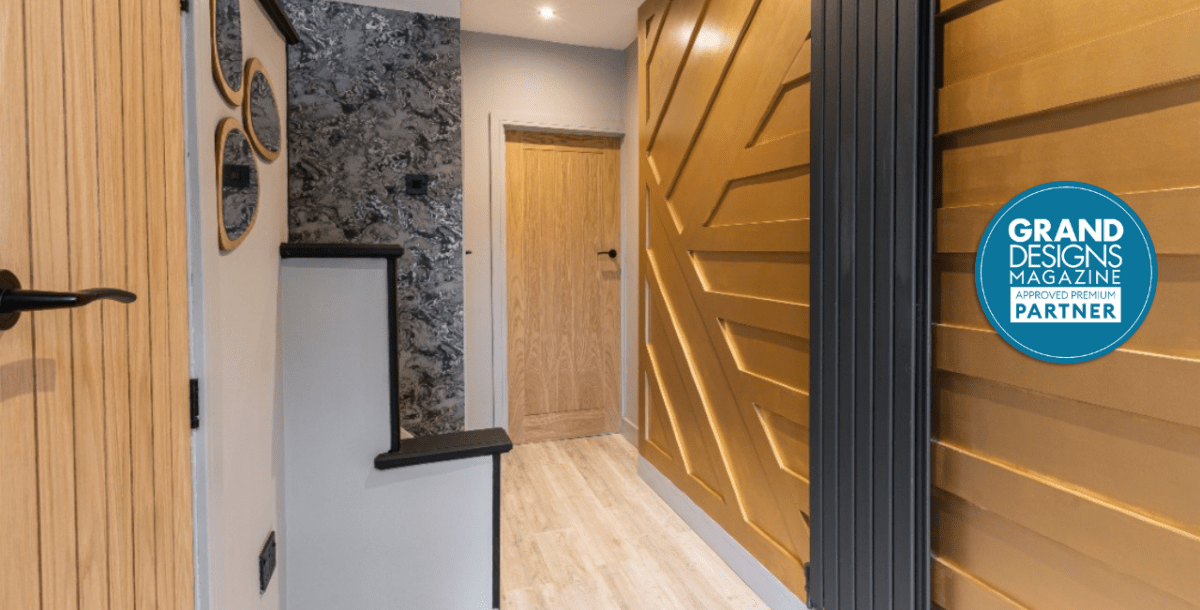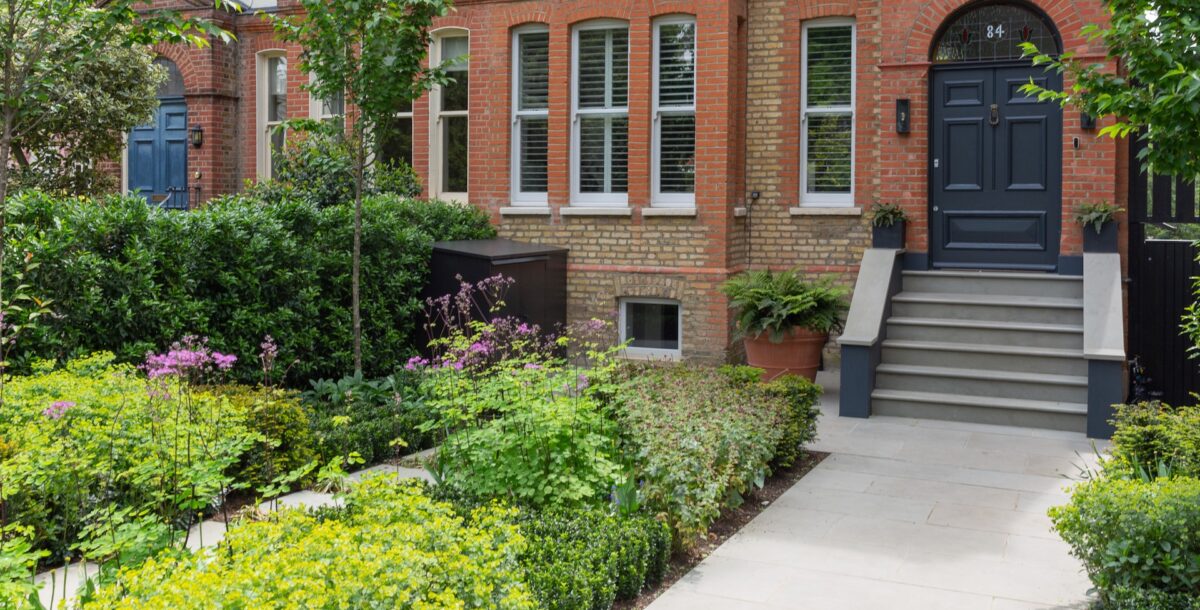Kevin McCloud reflects on 25 years of Grand Designs
Our editor-at-large extols the virtues of the architecture of modesty
What is it that pushes humans to the brink of creativity? Is it hope that leads us to the edge of a cliff and then cheerfully pushes us off? Is it overconfident self-belief and vanity that cloud our judgement? Or the hubris of needing to memorialize ourselves in something that might outlast us? It’s all this and more. Humans succumb to every weakness when we build.
And one weird outcome of this seems perversely clear: buildings are often the better for it. Great buildings can even result from the most negative of human traits. Without failings – and failures – architecture will often be missing something. The element of risk and the process of construction go hand in hand because the tension in building something original and sometimes unproven is irresistible; it leads us to those unexplored areas of human endurance and brilliance that show themselves when we suffer hardship and extreme stress. In so doing, they show us what we are capable of.
This is why you and I continue to love the stories that Grand Designs tells; why, after 25 years, we can still be captivated by the narratives of human drama, overspend, risk and suspense that find a natural home on television. We can all enjoy, vicariously, this last great adventure that we might all embark on one day if we’re brave enough: to build a home that reflects both who we are and who we might also become. And these stories speak of something beyond ourselves. As the architect Daniel Libeskind wrote: “Architecture is not based on concrete and steel and the elements of the soil. It’s based on wonder” – a quote which re-articulates the words of architect Frank Gehry: “Architecture should speak of its time and place, but yearn for timelessness.”
It’s about the vision
The idea that buildings reflect not just the best of who we are but all of who we are, should not be confused with McMansion’s Law, which dictates that any dodgy self-built home must creep as close as it possibly can to the plot’s boundary – regardless of how many windows will face a neighbour’s brick wall, and that moreover, the distance to the boundary is in inverse proportion to the taste and discretion of the owner. This law has, in contrast to anything proposed by Daniel Libeskind, nothing at all to do with architecture and just concerns itself with thoughtless building (so, the usual kind then) done without the consideration or care that the design process can lavish on a building. One of the key discoveries of design is that size doesn’t equal space – that carefully wrought buildings can be small, full of clever storage and innovation and full, too, of wonder; a lesson that over the years we’ve been able to recount among the many small homes that make the longlist of House of the Year, homes which we also seriously seek out to film for Grand Designs.
There’s an important distinction to be teased out here. The word ‘Grand’ in the TV title is not there to reflect the budget, the size of the kitchen appliances or the vast square metreage of a house; it’s there to remind us of the vision and the gamble that people bring to projects – often on a tight budget or a limited plot size, with a difficult site or a particular need a household might have. Grand does not imply a McMansion, but the tension and narrative drama in a building that results from treading the precipice edge of that cliff, from dancing with risk and even hubris along the way.
In the dance and the careful treading, in the care and the hope, there is a sweet spot to be found – a more modest approach, one based less on ostentation and more on considered design, less on showy fabrics and more on the fine stitching of a building to a place. You can call it the architecture of Just Enough, the very opposite of McMansion’s Law, which proscribes that we should all question how much stuff, space, storage and complication we need in our lives. It applies to buildings, cars, spoons and cities. By its nature it demands that we work our resources to the most expedient and efficient point; that we respect what the planet has to offer us, share as much as we can with others and then leave, not a memorial to ourselves, but a memorial to the value of place and the craft that can ennoble that place with the making of a building. It is, of course, the architecture of modesty but it can at the same time – and here’s the rub – hold within it all the risk, vision, excitement and powerful energies that we all recognise as the universal truths of an inspiring building and a compelling story.

